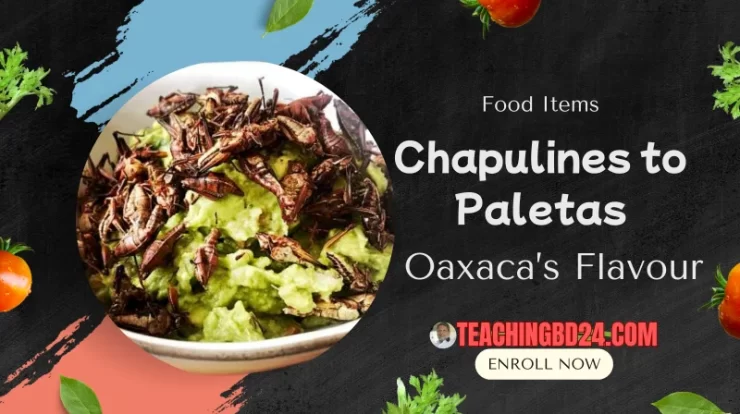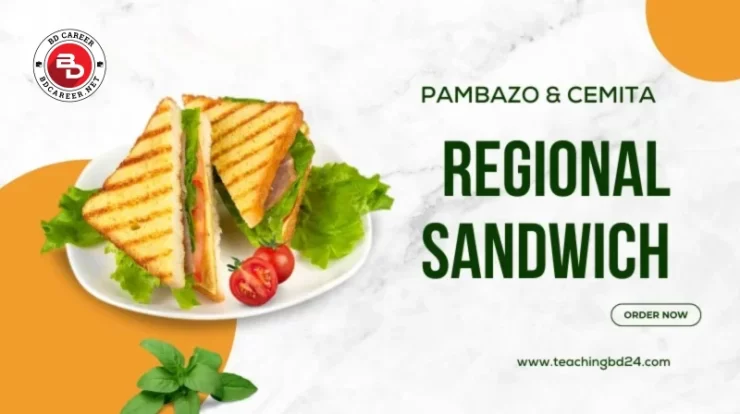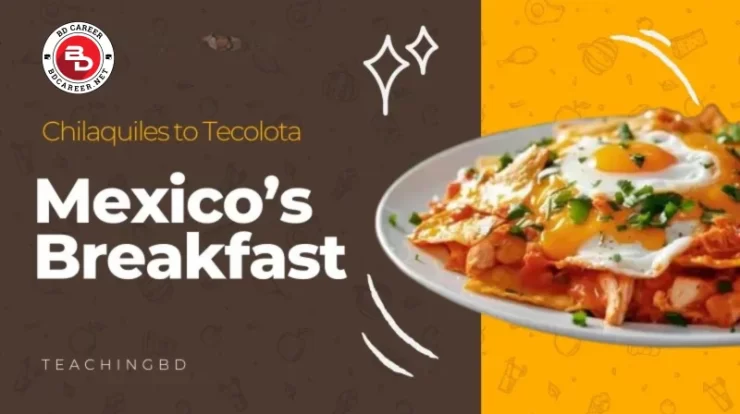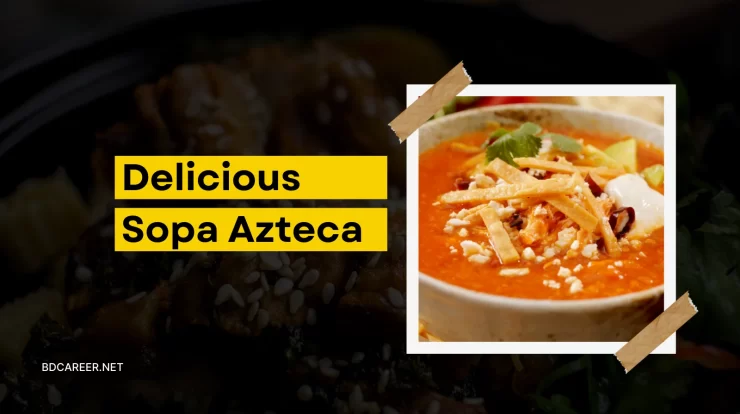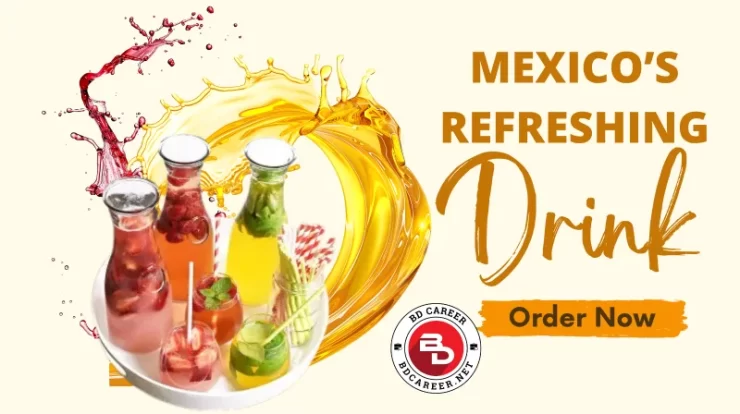
On a hot afternoon in Mexico, there is nothing quite as satisfying as a tall glass of agua fresca. Literally translating to “fresh water,” these vibrant beverages are far more than just flavoured drinks. They are a centuries-old tradition that blends culture, history, and refreshment in every sip. From bustling street markets to family gatherings, aguas frescas are an essential part of daily life, offering natural sweetness, vivid colours, and a taste of Mexico’s agricultural abundance. Made with fresh fruits, seeds, flowers, or cereals, these drinks embody both simplicity and creativity, making them beloved across generations.
In this article, we’ll dive into the origins of Mexican liquid traditional drinks and aguas frescas, explore the different varieties that define this tradition, and understand why these refreshing drinks continue to hold such a special place in Mexican culture—and beyond.
Contents
What Are Aguas Frescas?
At their core, aguas frescas are light, refreshing beverages made by infusing water with fruits, seeds, or flowers and lightly sweetening the mixture. Unlike thicker drinks like licuados (Mexican smoothies), aguas frescas maintain a watery consistency, allowing for easy sipping and thirst quenching. Aguas frescas are distinct from sodas or artificially flavoured drinks because they prioritise fresh, natural ingredients and simple preparation.
Typically, aguas frescas combine pure water with a chosen flavour agent such as fresh fruit pulp, dried hibiscus blossoms, or ground seeds plus a sweetener like cane sugar or agave syrup. The mixture is strained to remove solids and served chilled or over ice, offering a clean, tangy, subtly sweet flavour that is refreshing without being heavy.

Core Ingredients and Flavour Profiles
Part of the magic of aguas frescas lies in their simplicity. At their core, they are made of three elements: water, fresh produce, and a touch of sweetness. Yet within this simplicity is a world of variety.
- Fruits: Watermelon (sandía), cantaloupe (melón), pineapple (piña), tamarind, guava, and mango dominate stands in Mexico’s mercados. Each season brings new options, turning aguas frescas into a calendar of flavours.
- Flowers and herbs: The crimson-hued agua de jamaica, made from dried hibiscus petals, is tangy and refreshing. Mint and alfalfa sometimes appear in regional recipes.
- Seeds and grains: Perhaps the most iconic of this category is horchata, a creamy rice-based drink seasoned with cinnamon and sometimes almonds or milk. Chia seeds, another ancient staple, provide a gelatinous texture and nutritious punch.
Each flavour profile is distinct. Tamarind offers tartness, pineapple and mango bring tropical sweetness, and horchata feels indulgent and smooth. The balance is key, too much sugar overwhelms the natural taste, while too little leaves the drink flat. Street vendors perfect this balance through years of practice, often tasting and adjusting until the agua feels “just right.”
Everyday Role in Mexican Life
Step into almost any Mexican market, and you’ll see vitroleros giant glass jars lined up like soldiers, each filled with liquid jewels in red, green, white, and yellow. These aguas are ladled into cups with long-handled dippers, often served alongside tacos, tamales, or grilled meats.
Aguas frescas are not occasional indulgences, they are everyday companions. In homes, pitchers are set on dining tables during lunch, while on streets, vendors attract thirsty passersby with the promise of cold relief. At religious festivals and community fiestas, no meal feels complete without them. They symbolise hospitality: offering someone a glass of agua fresca is offering a piece of comfort, tradition, and care.
Children grow up sipping horchata at birthday parties; workers pause at midday to gulp jamaica with their lunch; families share pitchers at Sunday gatherings. In each of these contexts, aguas frescas serve as a bridge between daily sustenance and cultural celebration.

Regional Specialties
Mexico’s vast geography and diverse climates shape its agua fresca traditions. Different regions boast specialities that reflect local produce and customs.
- Central Mexico: Horchata and jamaica reign supreme here. They are staples in Mexico City markets and taquerías, as reliable as tortillas on the table.
- Oaxaca: Known for its deep culinary traditions, Oaxaca blends cacao into drinks that blur the line between aguas frescas and atoles (thickened beverages). These chocolatey variations reveal pre-Hispanic roots.
- Yucatán Peninsula: With its hot, humid climate, Yucatán favours tart, cooling drinks like lime with chia seeds, offering a refreshing balance of acidity and texture.
- Northern Mexico: Melons thrive in this region, and seasonal aguas often feature cantaloupe and honeydew, reflecting the agricultural abundance of the area.
Each speciality represents more than taste. It mirrors the relationship between people, land, and resources. To sip agua de limón with chia in Mérida is to taste Yucatán’s sun-soaked soil; to drink horchata in Mexico City is to be part of centuries-old urban rituals.
Health and Nutrition Angle
In today’s world of sugary sodas and artificially flavoured drinks, aguas frescas offer a compelling alternative. Traditionally, they are low-cost, natural, and hydrating. Packed with vitamins from fruits, antioxidants from hibiscus, and fibre from seeds like chia, they provide refreshment that is nourishing as well.
Of course, balance matters. Some modern versions sold in restaurants or packaged for convenience are heavily sweetened, reducing their health benefits. Yet when made traditionally, aguas frescas stand as a healthier choice, aligning with global wellness trends that prioritise natural, minimally processed foods.
In many ways, aguas frescas embody the old wisdom of “let food be thy medicine.” They hydrate, replenish, and satisfy without the artificial burden of many commercial drinks.
Modern Adaptations and Global Spread
As Mexican cuisine has gained worldwide popularity, aguas frescas have followed. Today, you can find them not just in Mexico but in taquerías in Los Angeles, food trucks in New York, and even high-end restaurants in Europe. Their colourful presence and natural appeal make them irresistible to global audiences.
Chefs and mixologists have also experimented with aguas frescas, blending tradition with modern creativity:
- Fusion drinks: Sparkling water additions turn them into light sodas.
- Cocktail bases: Tequila or mezcal spiked with agua de jamaica or horchata creates refreshing adult beverages.
- Exotic ingredients: Passion fruit, dragon fruit, and even cucumber-mint combinations modernise classic recipes.
Wellness culture has also embraced aguas frescas, especially chia-based varieties, positioning them as “superfood drinks.” They straddle the line between tradition and trend, resonating with both nostalgia and innovation.

Cultural Symbolism and Identity
Aguas frescas are more than drinks; they are vessels of identity. Every jar tells a story about the land that grew the fruit, the vendor who mixed it, and the community that gathers around it. They represent Mexico’s biodiversity, with each region showcasing its local produce.
Generationally, they bridge old and new. A grandmother might recall grinding rice for horchata by hand, while her granddaughter pours the same drink from a blender. The essence remains, connecting people across time.
Abroad, aguas frescas act as cultural ambassadors. Just as tacos or mole introduce outsiders to Mexican flavours, aguas frescas offer a refreshing first sip into Mexico’s culinary soul. Their popularity outside Mexico reflects not just their taste but their power to symbolise hospitality, joy, and everyday life.
Conclusion
Looking ahead, the future of aguas frescas is as vibrant as their colours. Their ability to adapt, incorporating new fruits, appealing to health-conscious audiences, and even entering gourmet spaces, ensures their relevance. Yet their heart remains in tradition, in the markets and street corners where vendors still ladle them into cups with a smile.
From Mexico City’s bustling taquerías to cafés in Los Angeles, aguas frescas continue to refresh both body and spirit. They remind us that sometimes the simplest recipes, water, fruit, and care create the most enduring traditions. Aguas frescas are not just Mexico’s drinks of choice. They are Mexico’s liquid heritage, a timeless expression of culture, flavour, and refreshment.
